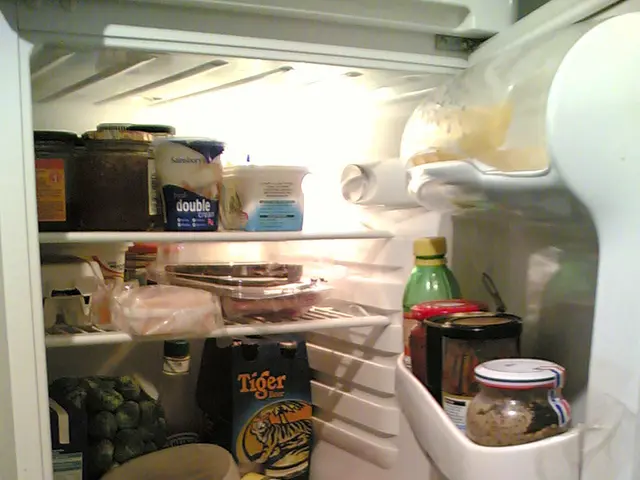Medical plastic-eating 'superbug' identified
In a groundbreaking discovery, researchers have found that common hospital-acquired bacteria, Pseudomonas aeruginosa, can degrade certain medical plastics such as polycaprolactone (PCL). This biodegradation occurs through enzymatic breakdown, with bacterial enzymes like esterases and lipases cleaving the polymer chains, leading to structural weakening and fragmentation of the plastic.
This finding has significant implications for patient safety and infection control in hospital environments. The degradation of medical plastics can compromise the physical integrity of devices or containers made from polycaprolactone, potentially leading to device failure or contamination through microplastics or bacterial biofilms.
Moreover, since P. aeruginosa is an opportunistic pathogen known for causing healthcare-associated infections (HAIs), its ability to colonize and degrade plastics could facilitate its persistence on medical equipment, thereby increasing infection risks for patients.
The degraded plastics may also trap moisture and organic residues, making effective disinfection more difficult. Conventional hospital-grade disinfectants target P. aeruginosa but may not fully compensate for contamination arising from biofilms on compromised plastics. Sterilization approaches must be carefully selected considering plastic material sensitivity.
To mitigate these risks, maintaining high-quality, durable plastics in hospital settings — those less susceptible to microbial biodegradation — is critical. Additionally, rigorous infection control practices, including the use of EPA-registered hospital-grade disinfectants effective against P. aeruginosa and compliance with infection control risk assessments, are essential. Hospitals also benefit from strategies like employing single-use plastics, strict hygiene protocols, and environmental controls during facility maintenance to prevent microbial colonization and degradation.
The study, published in Cell Reports, also reveals that the enzyme Pap1, isolated from Pseudomonas aeruginosa, degraded 78% of a PCL plastic sample in seven days. This discovery challenges the belief that pathogens cannot degrade medical plastics, and infection control experts may need to reevaluate hospital environment monitoring.
Furthermore, the bacteria can use plastic as its only carbon source, effectively eating it. The study highlights the prevalence of plastic in modern medicine and the adaptation of certain pathogens to degrade it. Researchers emphasize the need to understand the impact of plastic degradation by pathogens on patient safety.
In response, more focus should be given to plastics that are harder for microbes to digest in medical applications. Pathogen screening for plastic-degrading enzymes should be considered, especially in unexplained prolonged outbreaks. This discovery underscores the importance of ongoing research and vigilance in the field of infection control and hospital safety.
- In the realm of medical health and wellness, the findings suggest that the adaptation of Pseudomonas aeruginosa to degrade medical plastics like polycaprolactone could pose challenges in digital health, especially for patient safety and infection control in hospital environments.
- As scientists delve deeper into understanding the impact of plastic degradation by pathogens on patient safety, there is an increasing need to prioritize the use of plastics that are less susceptible to microbial biodegradation in medical applications, potentially revolutionizing the development of medical plastics.




